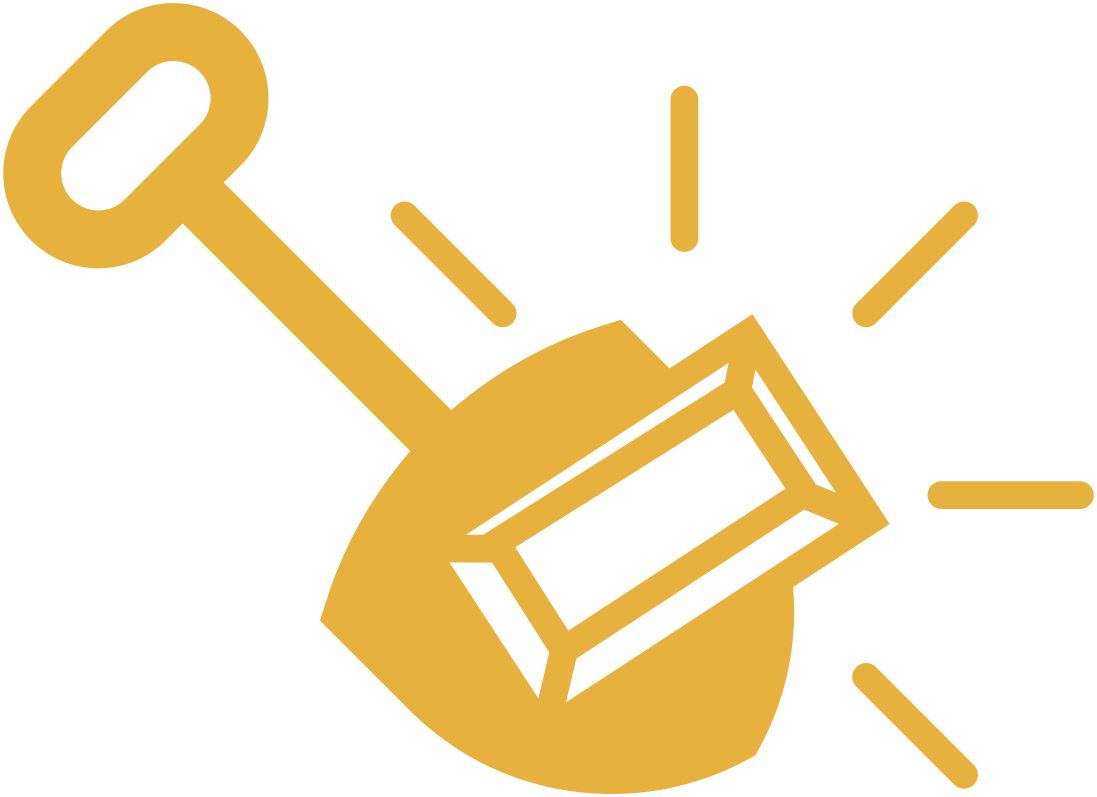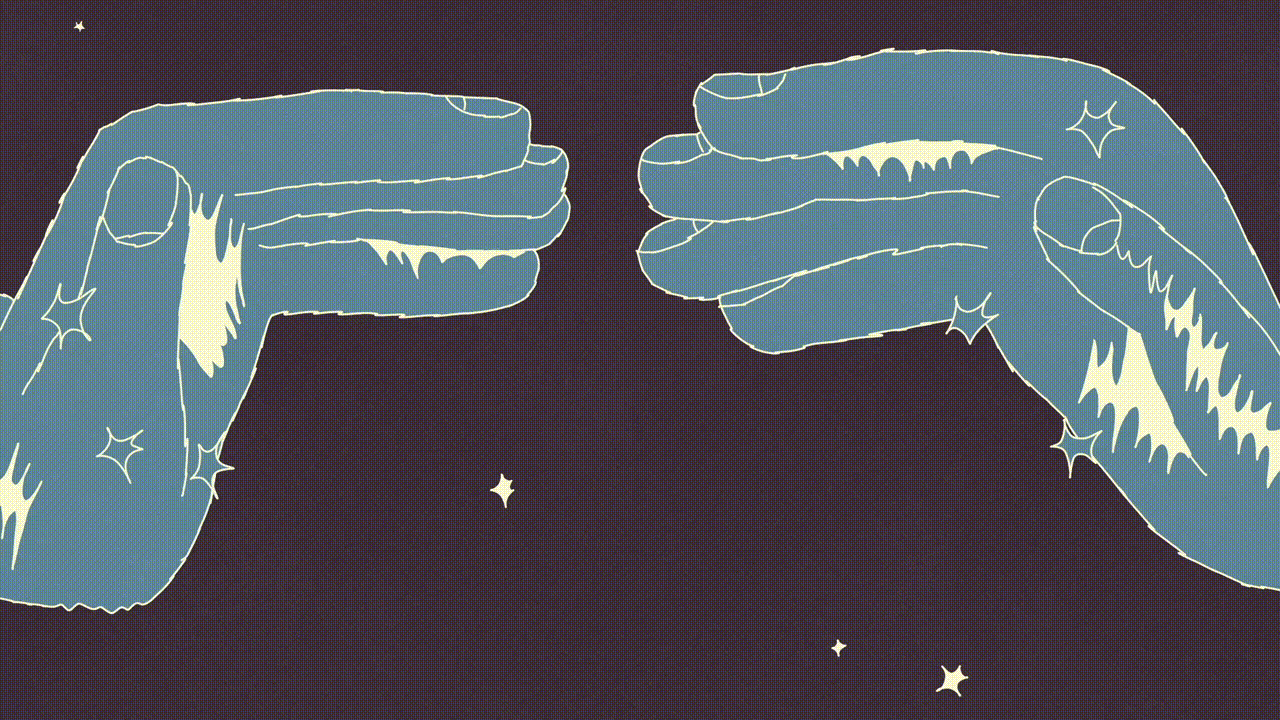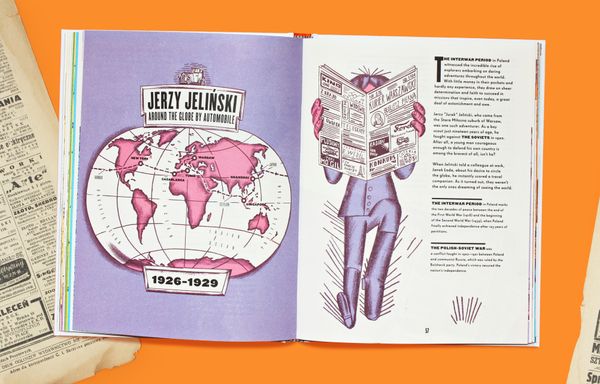How and why did the stereotypes about Eastern European women emerge?
Stereotypes have been, are, and most probably will be in the future, and females are highly affected by them: there are stereotypes based on women’s age, body type, social class, and background. The „Eastern European woman” has always been a separate category in the jungle of different social groups and has become an icon that is sometimes idealized but sometimes despised. And unraveling the background of these prejudices is a challenging task.
Many people, wittingly or unwittingly, often associate Eastern European women with damaging and unfounded stereotypes, believing they are cold, shallow gold diggers. After a short research, I found additional alleged characteristics somewhat related to the points mentioned above: Eastern European women are empty-headed and greedy, they are addicted to being in a relationship and obsessed with their appearance, but otherwise, they are indeed very beautiful. Let’s take a closer look at these prejudices before we become shocked and outraged: How did these stereotypes concerning the region’s women emerge? And to what extent are they true, if at all?
Perhaps the most dominant and damaging stereotype of all is the claim of being a gold digger, i.e., that Eastern European women choose their partner based on money rather than emotions. There are complex reasons behind this prejudice, but traditional gender roles most probably play an important role in it: in such a set-up, the man is responsible for ensuring financial security, while the woman’s task is the household and childcare. This family model is certainly also true for other regions beyond Eastern Europe throughout history and the present. Still, in our area, it changes much slower and harder than in those countries that have never been part of the second-class, socialist-communist, backward periphery.

It is quite contradictory to accuse the women of former communist states of materialism as these countries’ previous political ideology favored women in a sense by providing advantages in the labor market and in childcare that were not present in other parts of the world. Although, in purely ideological terms, these countries promoted gender equality, it would be a false conclusion to assume that Eastern European society saw women as equals to men. Women’s presence in the labor market was a strictly formal role, beneficial for the economy, but it did not change the societal perception of the female gender in any radical way. For instance, the constant and high level of violence women face and the invisible work on their shoulders did not decrease; neither before nor after the fall of the communist regimes in the region. On the contrary, such issues were seen as the unwanted theories of the bourgeoisie.
Following the democratization, we had hope for positive developments favoring women, but the successes have been only partial. Gender equality remained an illusion and a dream in the 2020s in many aspects: In the postsocialist region, the governments’ communication often puts virtually zero emphasis on women’s equal rights. Gender equality was rather depicted as derision; a feminist’s image became an angry, misandrist, unattractive woman. If we look at concrete facts and figures: according to the European Institute for Gender Equality (EIGE), the former socialist countries are usually the last ones in gender equality rankings. In 2021, Hungary was second from the bottom, and the other countries in the region were only a few points ahead of the Hungarians on the EIGE’s list. After Hungary, gender inequality is the highest in Romania, followed by Slovakia, Poland, and Czechia, all of which scored below the EU average. Moreover, patriarchal or even male chauvinist attitudes are much more prevalent in postsocialist societies, leading to prefer men in political and other important positions, while women are often forced to stay in traditional roles in a way not acceptable in Western Europe anymore. Returning to the starting point, labeling Eastern European women as gold diggers is wrong as it draws a false generalization on a large social group. Only a fraction of them relies undoubtedly solely on their partners for financial security, so generalizing Melania Trump’s case to all the women from the region is incorrect. Moreover, we should ask the question: if an Eastern European woman indeed acts as the mentioned prejudices suggest, is it really her fault? Or is the system flawed, which ceaselessly tries to impose the notorious traditional female roles on women? Can we legitimately criticize a woman who merely adapts to the environment created by the patriarchal system?
The stereotype that Eastern European women are shallow and superficial, obsessed with their appearance, and willing to do anything to remain attractive is also pretty ill-conceived. It is incorrect and illogical to single out Eastern Europe in today’s world where, regardless of geographical location, women’s appearance has a disproportionally huge role in their perception. Beauty can easily be monetized nowadays, for instance, on social media, and some industries equated aging and the loss of attractiveness with a horrible nightmare. However, the root of this prejudice is certainly also closely intertwined with the traditional family model and gender roles, meaning the ideal of the „masculine man” and the „feminine woman;” the latter is characterized by a constant, tense focus on her appearance to maintain the interest of the man. The media and entertainment industry have played a massive role in the spread of this stereotype (as they do in the spread of all other generalizing ideas), presenting Eastern European women with easily identifiable and recognizable characteristics: pretty, a little grumpy, not very smart, frequently over-sexualized characters, who are very often gold diggers. Even in today’s supposedly politically correct film industry, depicting females from the region in this way is tolerated and prevailing. Borat and Emily in Paris have been made in the 21st century, but still, they use damaging stereotypes regarding Eastern European women.

One might easily think that this phenomenon is harmless, insignificant fun, but it is not: the perpetuation of stereotypes, irrespective of being positive or negative, is harmful as it assumes and expects individuals to have characteristics and behaviors that, for whatever reason, have been imposed on their social group. In the case of Eastern European women, these seemingly harmless and humorous judgments immediately place them in an inferior position. They are depicted as easily exploitable and less worthy than their Western counterparts, despite being a diverse group with only somewhat shared socialization, culture, and history.
No extensive research is needed to find an example to illustrate the damaging effects of these stereotypes: just a few years ago, in 2017, it was discussed in a state-owned Italian TV channel why it is beneficial for Italian men to have an Eastern European partner. They even made a list to ensure that everyone has a comprehensive overview: According to their list, the women of the region are: 1) „All moms, but after giving birth, they get back their sculpted figures;” 2) „They are always sexy. They do not wear sweatpants or pajamas.” (Yes, that is what the list says...) 3) „They are willing to let their man rule.” 4) „They are perfect housewives as they learn house chores from a young age.” 5) „They do not whine, do not get clingy, and do not sulk.”
Of course, the show’s creators and participants soon realized that not everyone found their idea funny. Still, the fact that such a show could have been broadcasted is already extremely thought-provoking, and not just in light of the legitimacy of Italy’s macho culture. Why do some Italian men think their grossly generalizing statements have any truth? They have probably not traveled much in postsocialist countries, and no Eastern European women confirmed their beliefs. The real reason is that society has never tried to eradicate the damaging stereotypes about Eastern Europeans as strenuously as it did about other vulnerable social groups.
In fact, sometimes the opposite is true: For instance, on extremely popular and influential TikTok, there are plenty of videos that look at the stereotypical portrayal of Eastern European women with reinforcing, romantic lenses. These videos portray the preconceptions that Eastern European women have a higher bar for men than their Western counterparts in a more or less positive way. There are many subtypes of these TikTok videos, comparing Western and Eastern European women and presenting the latter as the good model to follow. Such videos can be seen as revenge on Westerners, but despite their potential good intention, they still reinforce stereotypes. Therefore, they are almost as counterproductive as when some Italian men discuss the pajama-wearing habits of Eastern European women in prime time.
@rusalocaa Western Vs Eastern European girlfriends when ur boyfriend is low effort 🇳🇱🇩🇪🇬🇧/🇭🇺🇵🇱🇺🇦🇭🇺🇷🇺 Which one are you? #easterneuropean #easterneuropeangirl #westerneuropean
♬ Комбайна-вършачка - Orchestra Kamchia
We can continue arguing whether comparing Western and Eastern European women based on long-established prejudices is appropriate or whether it is acceptable to state that women from postsocialist countries are more shallow. But one thing is sure: reinforcing such prejudices is harmful; Eastern European women are already disadvantaged because of their gender and origin, and perpetuating stereotypes reinforces their unequal position.
Graphics: Réka Pisla

Condensing a generational experience into a cartoon | Interview with Berlinale laureate animation filmmaker Domonkos Erhardt

Monumental yet cozy: Czech No Architects design new interior in Prague










